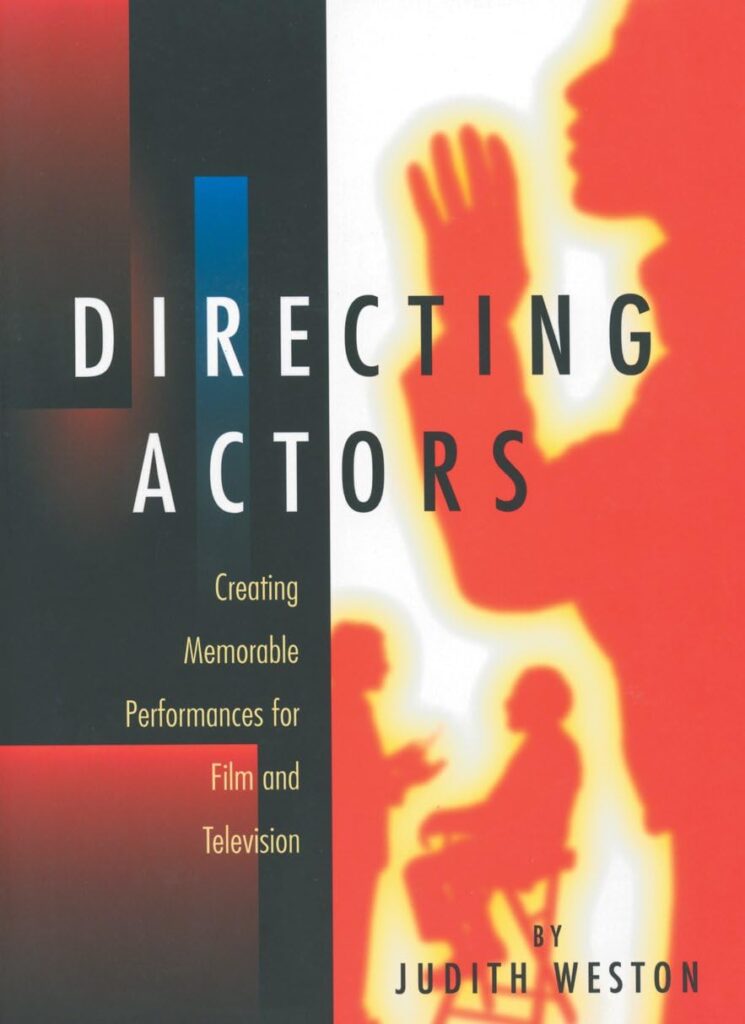(Blogtober Day 8)
Directing actors is a skill on it’s own. Although admittedly it can often seem simple particularly if your only experience witnessing the skill in action is in a professional studio, with well experienced actors, and a talented director who has been working with them on various projects over several years. That is easily the best case scenario for great and efficient voice over recording. However that is not always the norm. Much like a good producer, a director is most valuable when everything seems to be going badly. It is unfortunate but sometimes that is the only time you might be able to tangibly see their value the most, although a good director adds so much more than that generally.
My biggest advice to anyone to is looking to direct actors for a project is to absorb as much experience and learning as possible before you do. Observe other directors, take acting classes, and if you can’t do either of those then I highly recommend at the very least reading through Directing Actors by Judith Weston.

Aside from all that, here are a few approaches I tend to go back to when directing actors that may come in handy in a pinch.
The Scene Approach
One approach is to describe a scene for a particular line or set of lines. Give a brief but thorough context for what the character the actor is playing is experiencing.
“Okay, your character is on guard duty in a big warehouse, and you have a partner on guard duty with you a few meters away. So the situation is a little tense, and then you hear a bottle break in a dark corner maybe 20 meters away from you…”
The Logical/Mathematical Approach
The logical approach, as I call it, involves breaking down a line of dialog and finding where you can emphasize or change definitive parts and syllables to express the intent. Example line: “Did you hear that?”
“The pace of the line should be fairly fast, and try to emphasize the ‘that’ at the end.”
The goal is to give very objective directions that an actor can act upon, avoiding some sense of subjectivity.
Ultimately, the best tends to be a little bit of a combination of both types of direction, or one and then the other to refine.
These are by no means a comprehensive explanation of how to direct an actor, but perhaps it can be a good starting point for some.